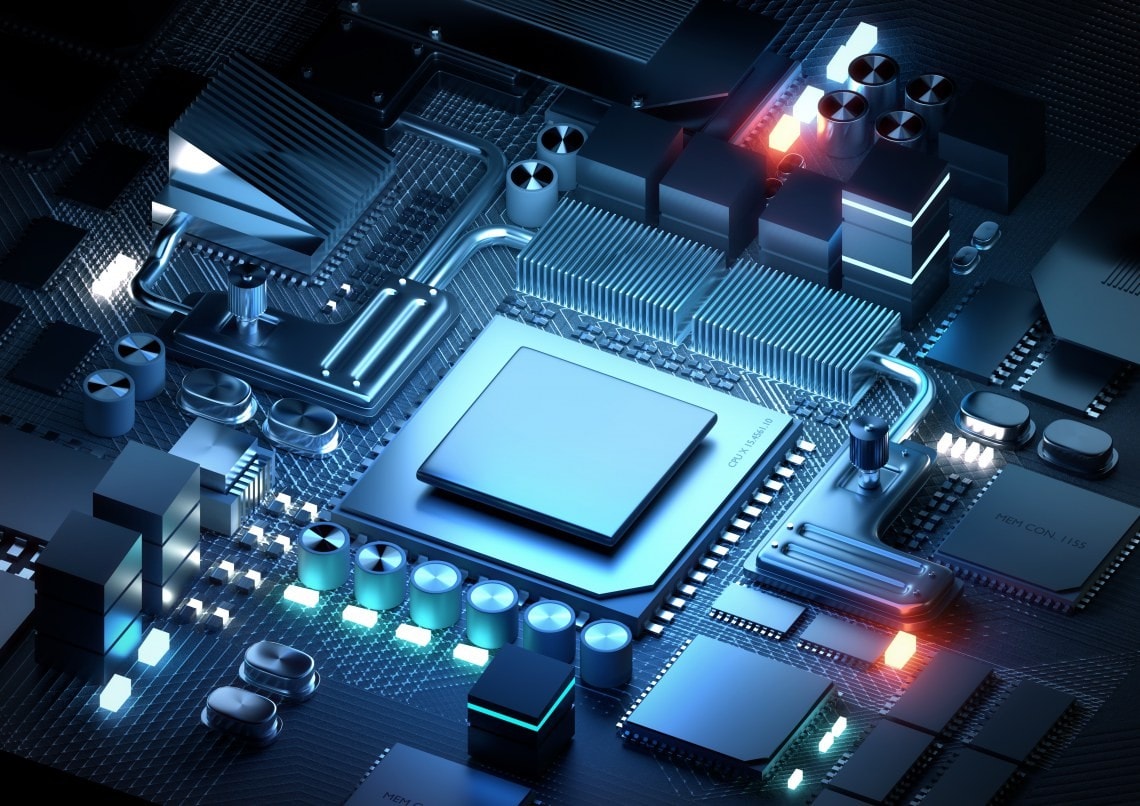Reduce Power Consumption in Embedded Systems
Read this post for more information about how we are reducing power consumption in embedded designs.

Power Management Techniques in Embedded Systems
Power consumption is a critical consideration when designing any type of application. A major design constraint for embedded electronic systems, such as wireless sensors, automotive, household appliances and medical devices, is power consumption. Since many applications are battery powered or are part of a more extensive system, power often needs to be budgeted for each component. When it comes to minimizing your embedded system's power consumption, it is crucial to implement the right design strategy in the initial stages, regardless of how the system will be powered.
Now that we've covered the importance of power consumption in embedded systems, let's discuss how our 8-bit microcontrollers (MCUs) reduce operating power. 8-bit MCUs have a simplistic architecture, which results in a lower power consumption while also offering ample analog performance. To narrow our focus, let's talk about reducing power consumption in analog embedded designs using our PIC16F17146 family. Many embedded designs today are analog systems. Whether they contain sensors, amplifiers, data converters or any other analog module, they are typically designed to be battery powered for consumer convenience in everyday appliances. Battery life is a challenge to designers as analog signals must be digitized and processed, which isn't ideal for battery-powered applications.
Core Independent Peripherals (CIPs) for PIC® and AVR® Devices
With the PIC16F17146 family of MCUs, many analog designs can overcome the power consumption dilemma. A variety of Core Independent Peripherals (CIPs) are available on our PIC® and AVR® devices. A CIP is a piece of dedicated hardware that can operate independently of the Central Processing Unit (CPU). With the multitude of CIPs present on our PIC and AVR devices, these can be used to offload the CPU from other tasks while enabling sensor interfacing, waveform control, timing/measurement and more. As a result, the system can operate in lower power modes, which in turn reduces overall power consumption for your design.
Analog-to-Digital Converter with Computation Peripheral (ADCC)
Our Analog-to-Digital Converter with Computation (ADCC) is one of our analog peripherals that offers power-saving opportunities. There are multiple power-saving modes available for the CPU to reduce overall power consumption. One of the power-saving functionalities that is offered on PIC16F17146 family of MCUs is SLEEP mode, a mode where much of the MCU is shut down, consuming less power and reducing measurement noise during ADC conversions. The ADCC has a special oscillator to enable the hardware to operate in SLEEP mode. When a wake-up trigger is activated, the CPU will resume shortly after.
Other power-saving modes offered on the PIC16F17146 family of MCUs include idle mode, where the CPU halts all other operations while the peripherals run, and doze mode, where the CPU runs at a reduced instruction clock.
Another feature on the MCU is called Peripheral Module Disable (PMD). Unused peripherals consume a small amount of parasitic power, even when not enabled. By enabling PMD, users can enable or disable any peripherals that are not being used. By disabling these peripherals, the MCU operates in its lowest possible power state, reducing its overall power consumption.
The PIC16F17146 family of MCUs, along with other Microchip 8-bit MCUs, offers users many options for optimizing power consumption in their embedded systems. For more information and to learn how to implement low power in your next design, be sure to check out MPLAB® Discover, which is home to an array of many projects including numerous low-power applications.